Helping children improve their drawing skills quicklyHelping children improve their drawing skills quickly can be a rewarding and structured process. Here are some refined steps based on your initial suggestions:
0 Comments
The surprising habits of original thinkers by Adam GrantCreative ideas are essential when drawing. Organizational psychologist Adam Grant studied “originators,” thinkers who dream up new ideas and take action to get them out into the world. In this talk, you'll have a great opportunity to learn three unexpected habits of originality, including embracing failure. The greatest originals are those who fail the most. Because he’s the one who puts in the most effort,” says Grant. The Google Doodle Art Contest is an annual competition organized by Google where young artists are invited to create their own Google Doodle, which is the unique, temporary alteration of the Google logo on the search engine's homepage to celebrate holidays, events, achievements, and people. The contest typically has a theme or prompt, and participants are asked to create their doodles based on that theme. Entries are judged based on creativity, artistic merit, and how well the doodle communicates the theme. Winners often have their artwork featured on the Google homepage for a day, along with receiving scholarships or other prizes. It's a wonderful opportunity for aspiring artists to showcase their talent to a global audience and be recognized for their creativity. The Google Doodle Art Contest 2024To attend the competition, you can register directly at the site below. Fill in the information below and draw in the blanks directly or on another piece of paper and paste them together using a program such as Photoshop to create a single file. There is also a way to send it directly via postal mail, but online submission is convenient and recommended. Problems cannot be modified or edited, so you must review and cross-check them very carefully when submitting. In my case, when I asked questions via email below, I received a quick and friendly response within a day. [email protected] ---------------------------------------------------------------------------------------------------- Dear GoogleDoodle team, I submitted my child's Google Doodle drawing. But I found a spelling error. So I modified this and submitted again. Will it be okay? I would appreciate it if you could let me know. Do not Photocopy for being an genuine artist!The Camera Can Lie. The camera does not compose, it only records what is there - and usually in a spatially distorted format. The photographer (which may have been you!) may have composed a good photograph, but does that equate to a good painting? Probably not. If you are "photo-copying" you are settling for the subject as the camera sees it, or as the photographer saw it, not as you see it. As artist Frank Webb says, "don't simply paint what is, paint what could be." Ask Yourself Some Questions. The next time you are looking at a photograph for inspiration, ask yourself some questions: - What do you like about the scene? - How can you communicate your view of it? - How can you best express your feelings about it to others? - How can you best use design principles and your skill as an artist to develop a good composition that tells a story and creates a new reality? : Excerpted by Blog as below: American Watercolor Society 2008 Gold Medal Issue: (Reference: https://openartforum.wordpress.com/2008/12/11/60/) For example, gold medal-winning realist artist Sheryl Luxenburg created her work using two images from a popular licensing site called Shutterstock. Image reference: https://openartforum.wordpress.com/2008/12/11/60/ “Impermanence” by Sheryl Luxenburg was suspected to be a non-original artwork derived from internet photos. Personally, what is surprising is that the images in the photos used and the works that were actually displayed and awarded prizes are surprisingly similar. It looks like it was cut and pasted together rather than derived from two photos. A typical example of a derivative work accepted for registration with the Copyright Office is one that is primarily a new work but contains some previously published material. This previously published material is considered a derivative work under copyright law. To be copyrightable, a derivative work must be sufficiently different from the original to be considered a “new work” or contain a significant amount of new material. If you make minor changes or add content to an existing work, that work does not qualify as a new version for copyright purposes. New material must be original and copyrighted in its own right. For example, titles, short phrases, and formats are not protected by copyright. U.S. Copyright Office Circular 14: Derivative Works (currently being revised) Looking at the example above, I would like to ask whether drawing realistically and accurately and being asked “How did you draw it?” is the most important virtue for an artist.
If that were the case, everyone would have to draw pictures that were as accurate and perfect as a photo. We, and above all, reflect on whether even artists may be mistaken in thinking that art is only about perfection, and thus are not able to properly enjoy the pleasure that art gives. This question took me back to the Altamira cave paintings. Because there wouldn't have been this type of competition back then. For Homo sapiens, the ancestors of mankind, painting would not have been a game to win or lose, but rather something like air for survival. So their paintings are primitive and urgent enough to give off a cold feeling, yet they are also childlike, innocent and beautiful. I gained existential reflection on life right from this raw, desperate, and spontaneous energy. And this year, I plan to continue exploring Altamira Cave with this theme. My First Book Making Adventure!: An activity book for making a picture bookMy First Book Making Adventure, produced as one of the low contents books among Amazon KDP publishing, was successfully released. Unlike general picture books, from personal experience, I feel that low contents books take a long time to review. I had to wait a few weeks for this review. And finally, I received a message today saying that Paperback was successfully published. This book was created in an activity book format by gathering the necessary information when I made a picture book making camp with children last year. While teaching picture book making at camp, I discovered that children had difficulty with plotting, establishing characters, and creating stories. And I wish I had an exercise book to teach my students the elements of the story. Above all, storytelling is a crucial element in visualizing any narration. This is important information not only for children but for everyone. It is a compound word of story + telling and literally means to tell a story. In other words, it is the act of persuasively conveying what you want to convey to the other person through an interesting and vivid story. Storytelling techniques to convey key messages use the method of structuring and solving problems through main stories and scenarios. Through storytelling, people can easily picture various situations in their minds. In particular, I hope that through this book, children will be able to easily create their own stories, write books, and gain confidence by finishing with an author page at the end. This activity book consists of the following contents:
|
Myungja Anna KohArtist Categories
All
Archives
July 2024
|
Proudly powered by Weebly








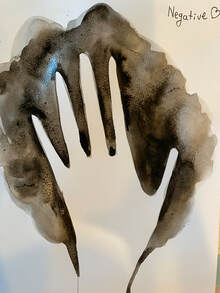
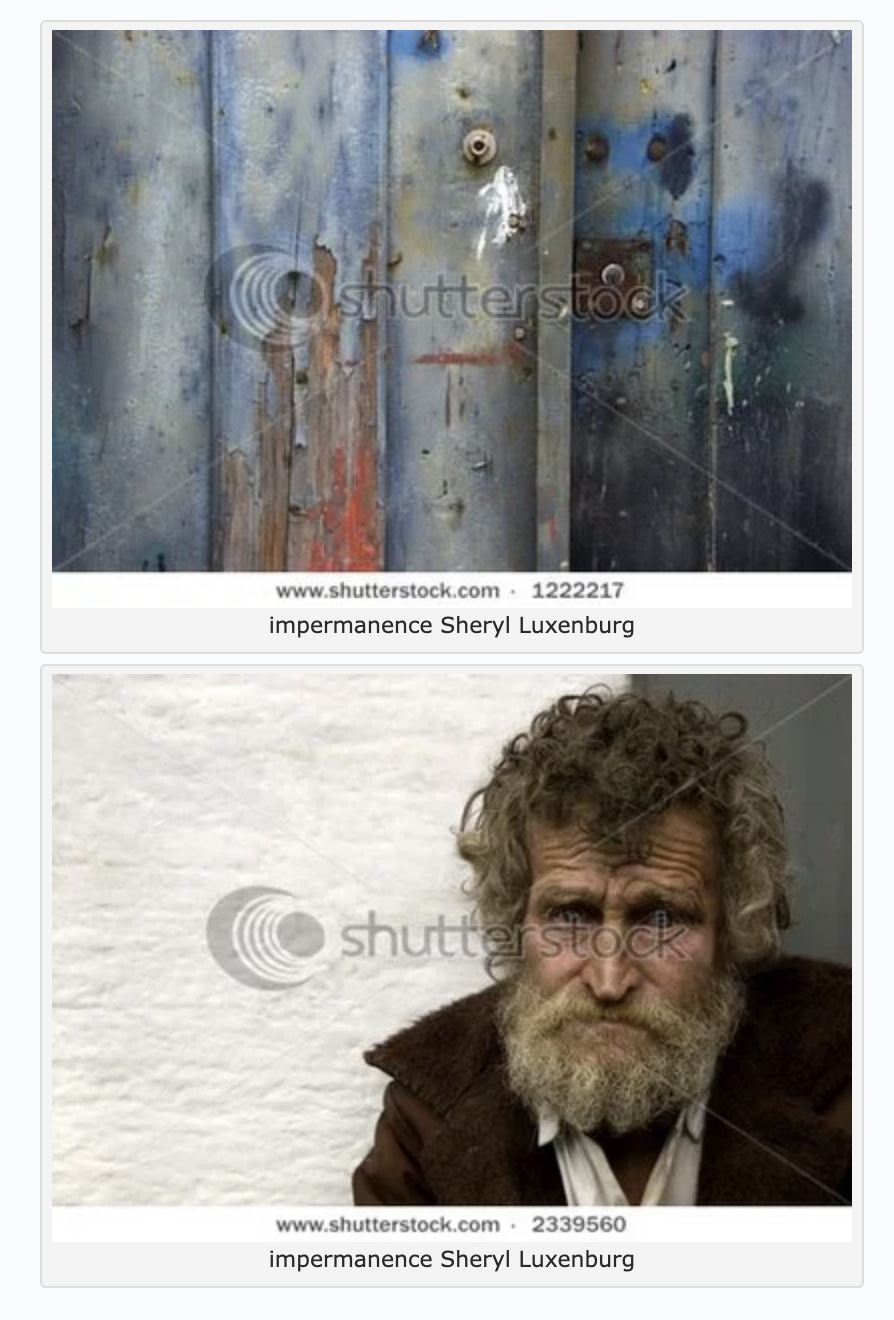

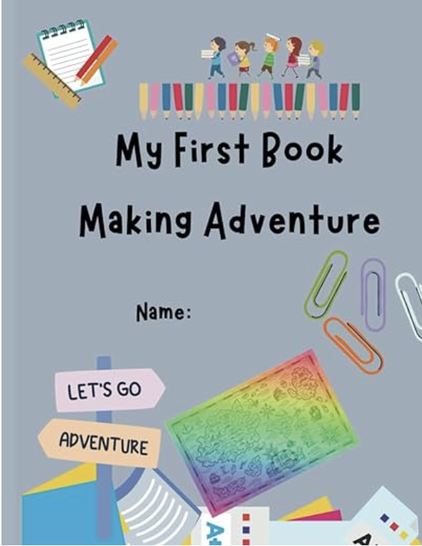
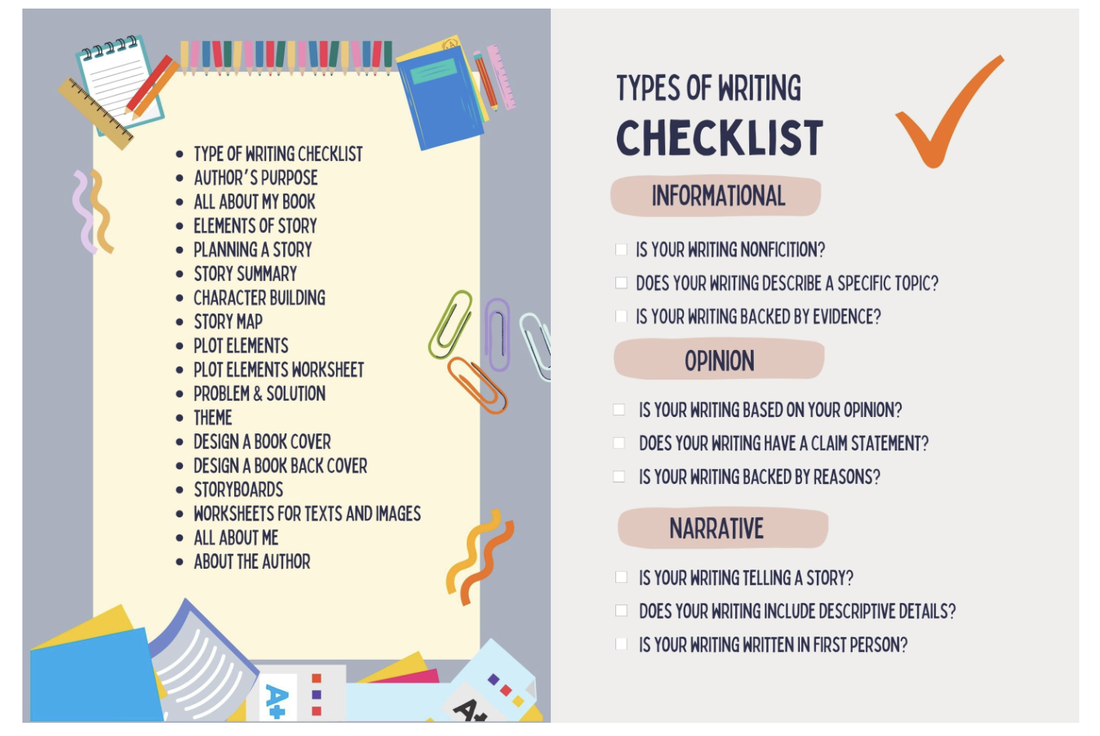
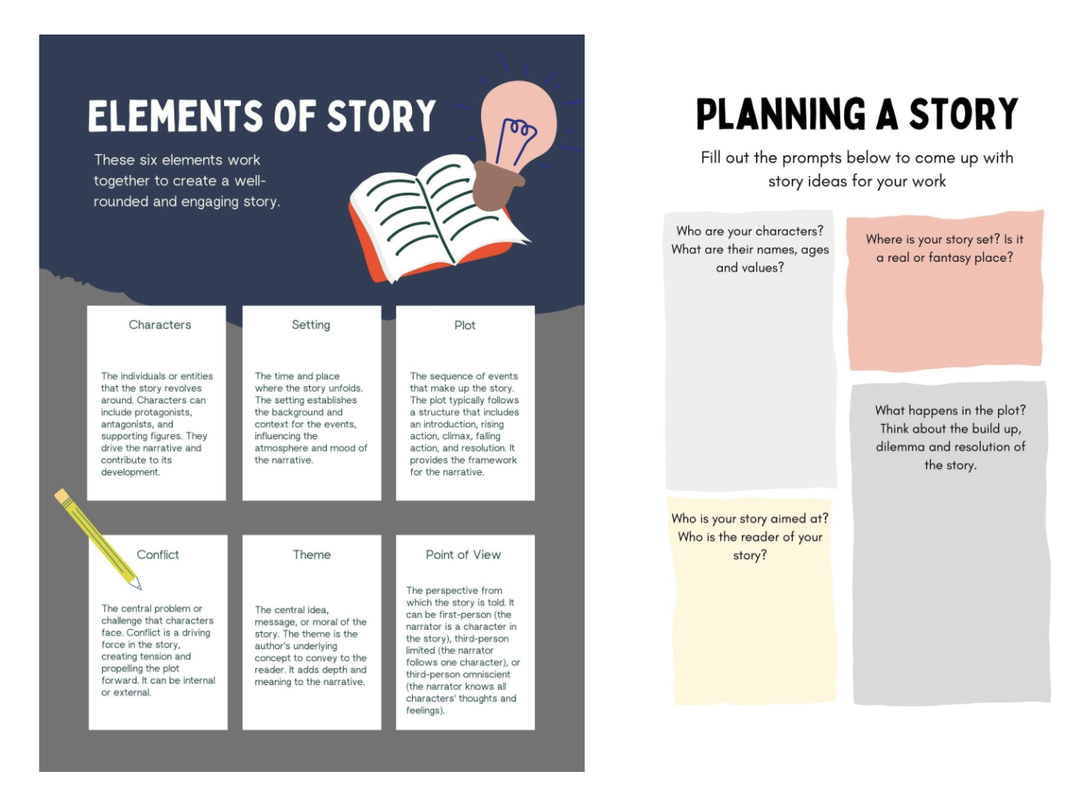
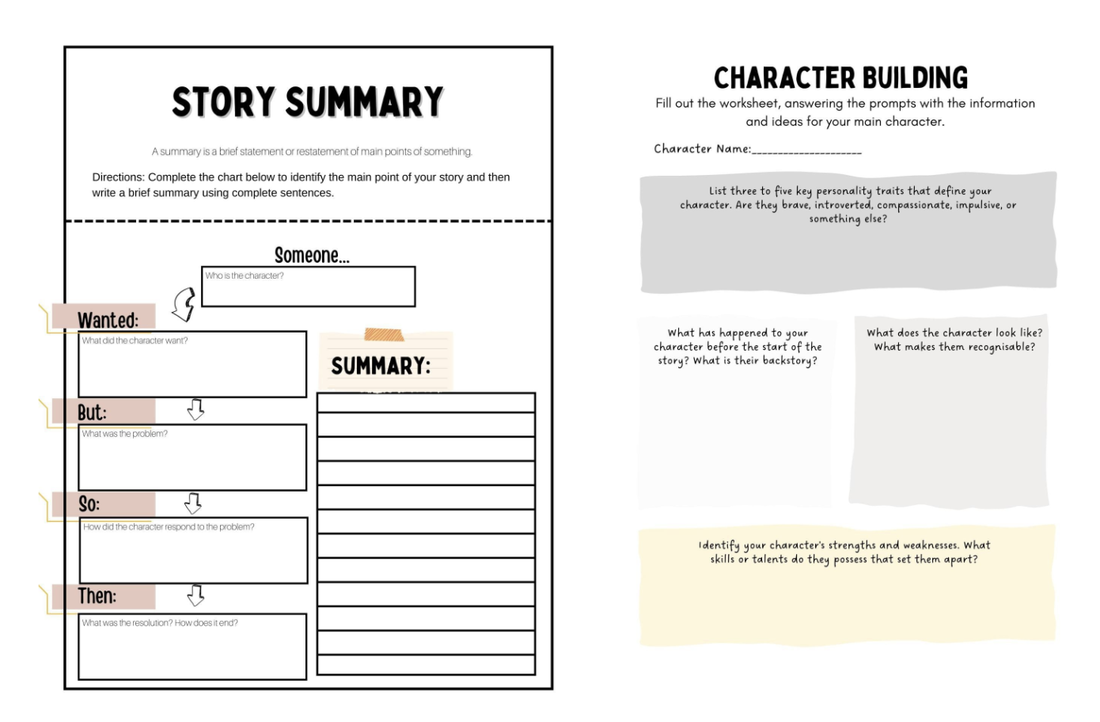
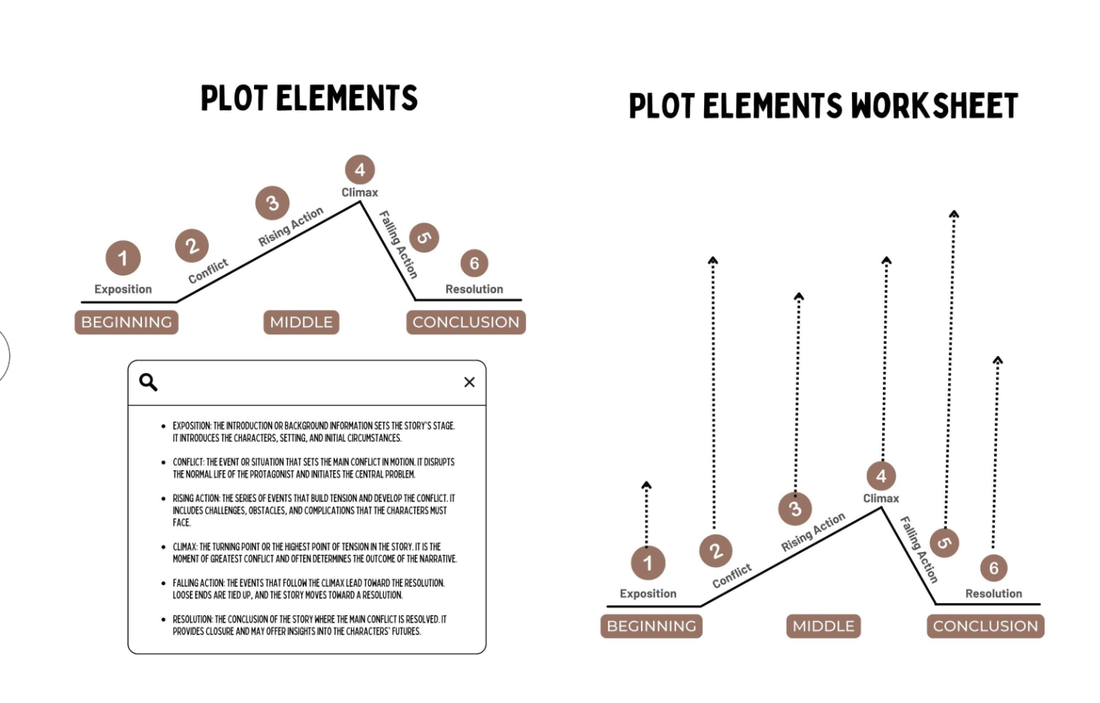
 RSS Feed
RSS Feed